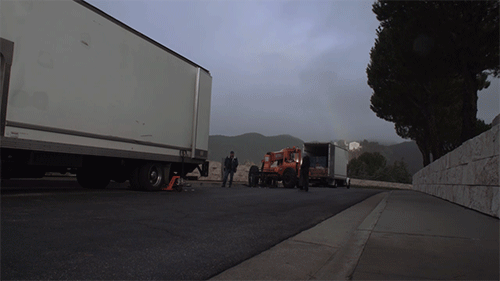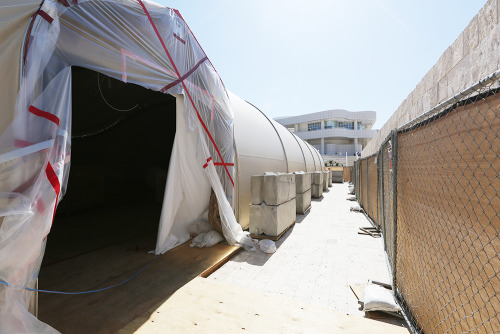15 Facts about the Cave Temples of DunhuangMogao means “peerless.”The caves were ca
15 Facts about the Cave Temples of DunhuangMogao means “peerless.”The caves were carved by hand starting 1,700 years ago.They contain the world’s largest collection of Buddhist art.Mogao is sometimes known as “Caves of the Thousand Buddhas.”The site was a melting pot of cultures.Dunhuang was a portal to Buddhism in China.The caves lay forgotten for hundreds of years.50,000 ancient documents were found there.Medieval China comes alive through documents found in the caves.The world’s earliest printed dated book was discovered there.Many of the Library Cave objects can be viewed online.The caves’ remote location helped them survive.Cave temples are found throughout the Buddhist world.The Getty has been working at Dunhuang since 1989.You can visit replica cave temples of three of these caves at the Getty Center in Los Angeles starting May 7. We’ve been working on installing the cave structure and beautiful wall paintings and sculptures for the last week and a half.More about Dunhuang’s cave temples on the Getty Iris. Follow us @TheGetty on Instagram and Twitter for weekly updates on the installation and opening of Cave Temples of Dunhuang: Buddhist Art on China’s Silk Road. -- source link
Tumblr Blog : thegetty.tumblr.com
#cave temples#dunhuang#buddhist art#art history








